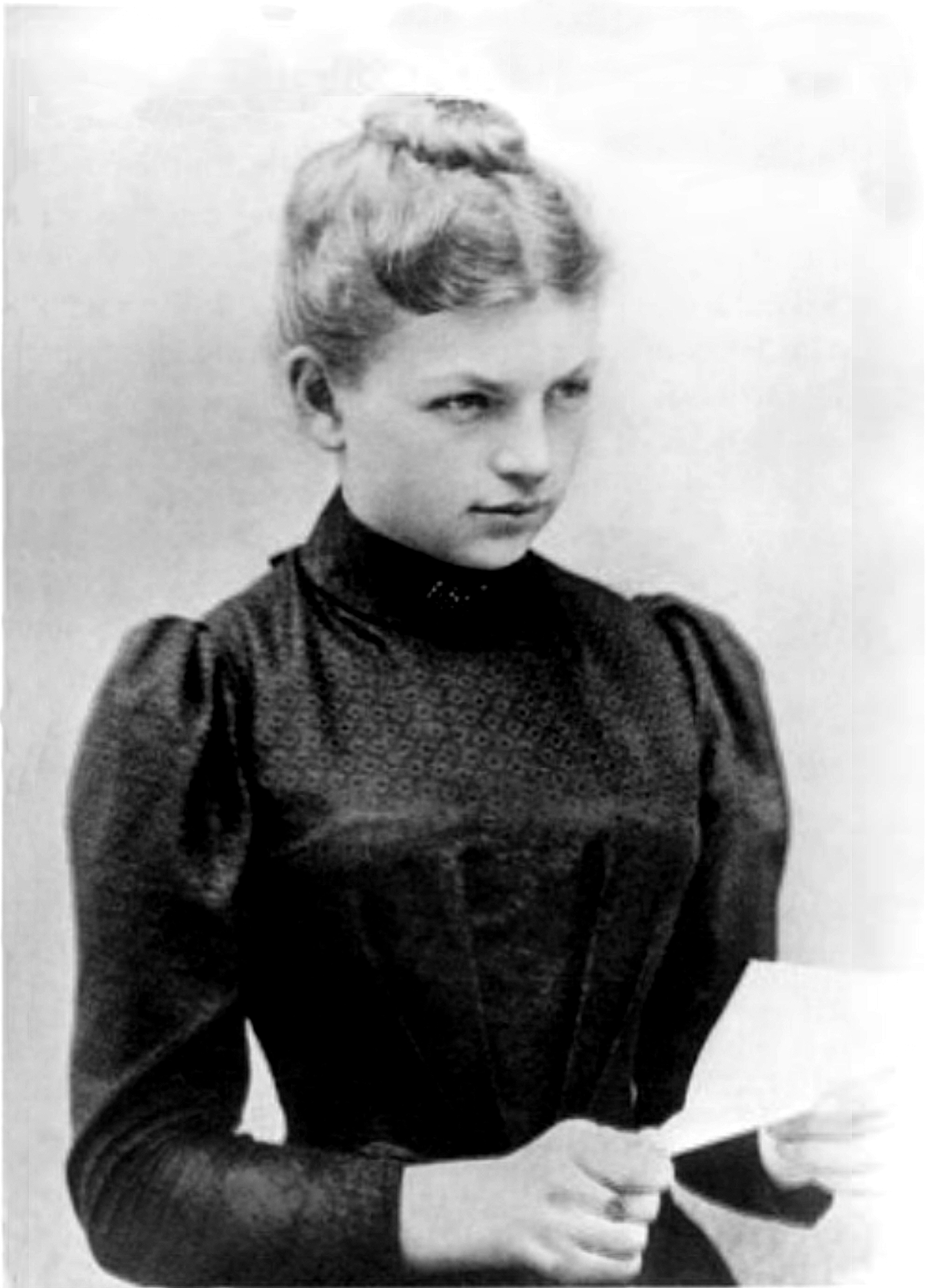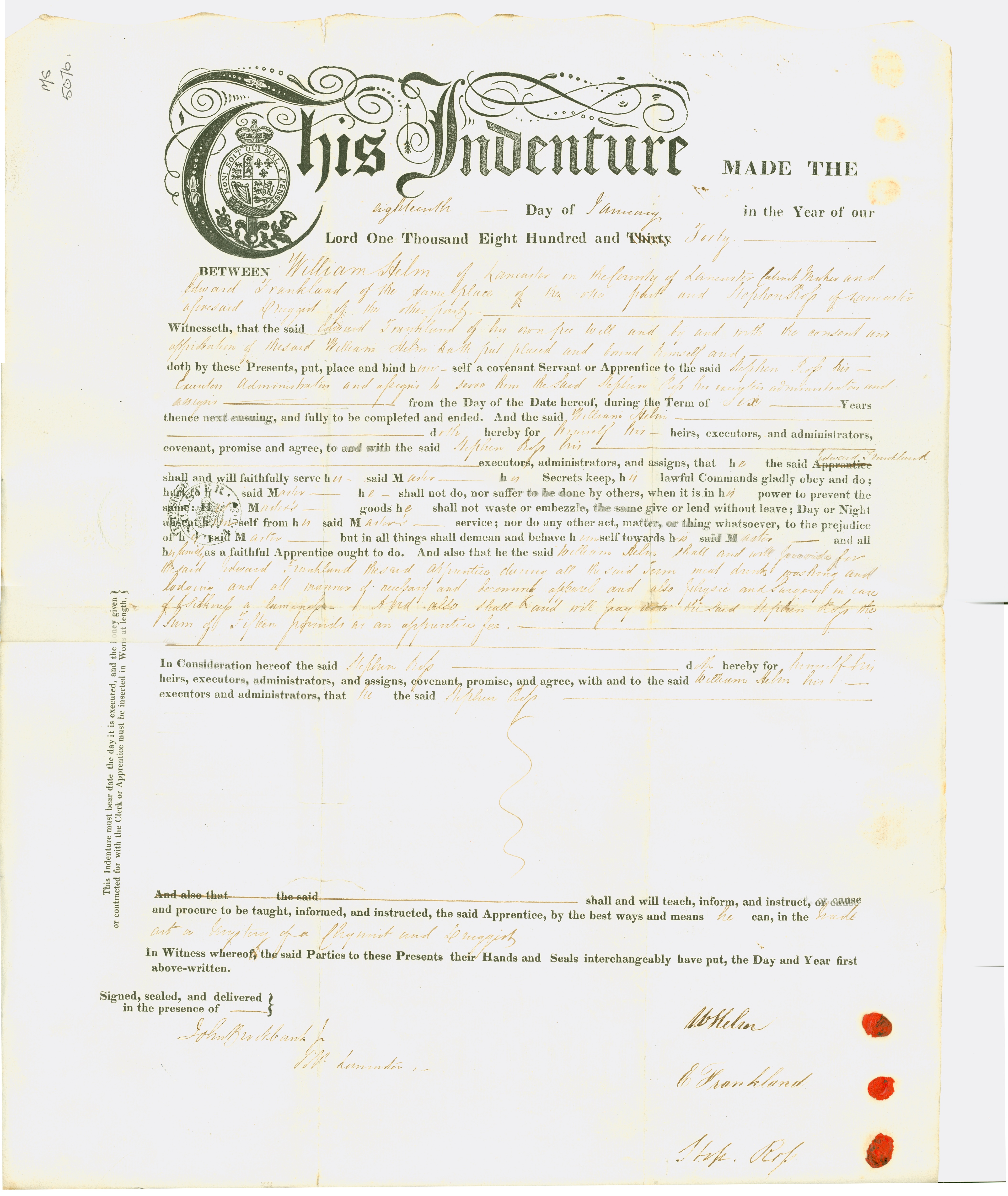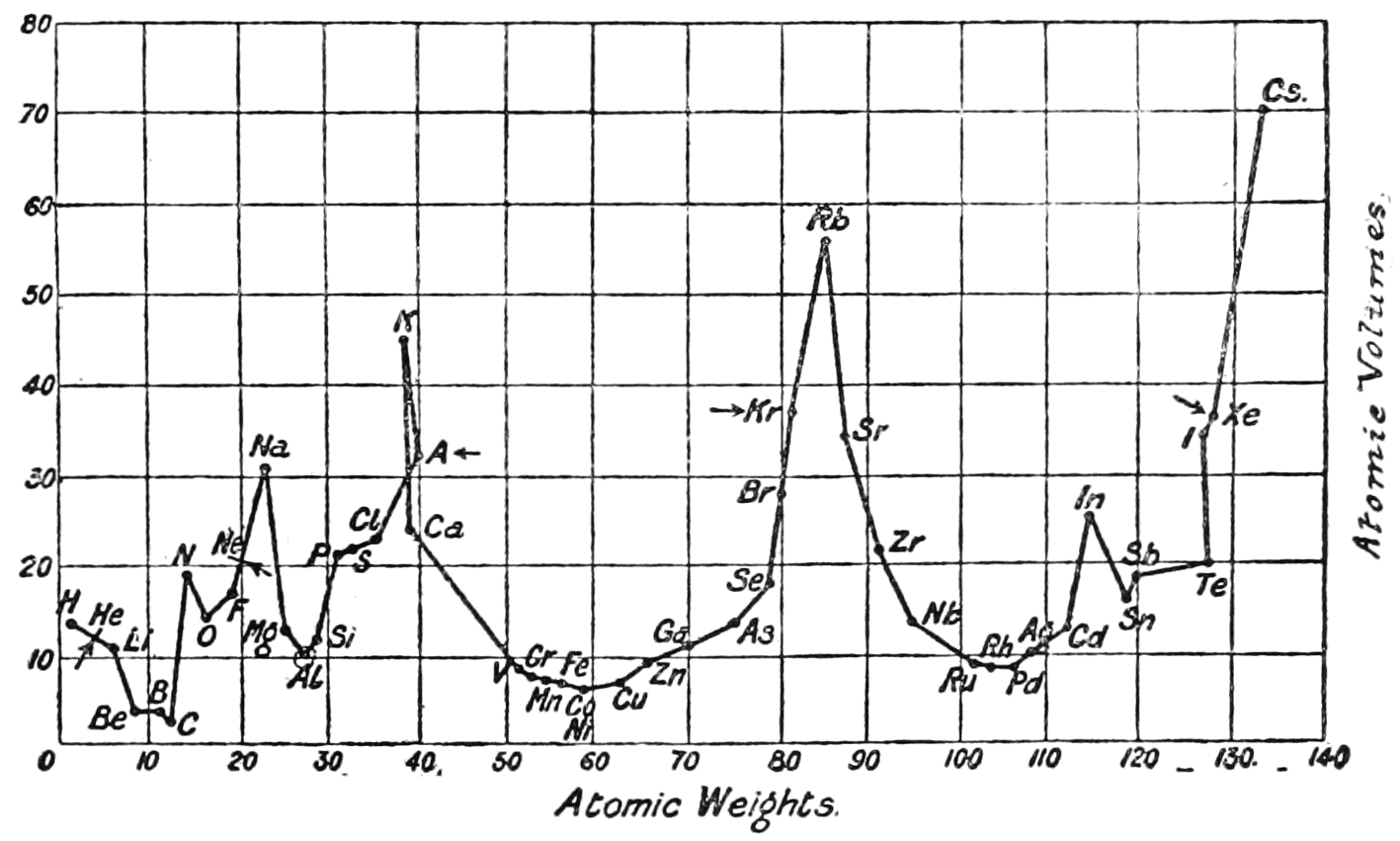|
Robert Wilhelm Bunsen
Robert Wilhelm Eberhard Bunsen (; 30 March 1811 – 16 August 1899) was a German chemist. He investigated emission spectra of heated elements, and discovered caesium (in 1860) and rubidium (in 1861) with the physicist Gustav Kirchhoff. The Bunsen–Kirchhoff Award for spectroscopy is named after Bunsen and Kirchhoff. Bunsen also developed several gas-analytical methods, was a pioneer in photochemistry, and did early work in the field of organic arsenic chemistry. With his laboratory assistant Peter Desaga, he developed the Bunsen burner, an improvement on the laboratory burners then in use. Early life and education Bunsen was born in Göttingen, Germany in 1811, in what is now the state of Lower Saxony in Germany. Bunsen was the youngest of four sons of the University of Göttingen's chief librarian and professor of modern philology, Christian Bunsen (1770–1837). After attending school in Holzminden, Bunsen matriculated at Göttingen in 1828 and studied chemistry with Fr ... [...More Info...] [...Related Items...] OR: [Wikipedia] [Google] [Baidu] |
Göttingen
Göttingen (, , ; nds, Chöttingen) is a college town, university city in Lower Saxony, central Germany, the Capital (political), capital of Göttingen (district), the eponymous district. The River Leine runs through it. At the end of 2019, the population was 118,911. General information The origins of Göttingen lay in a village called ''Gutingi, ''first mentioned in a document in 953 AD. The city was founded northwest of this village, between 1150 and 1200 AD, and adopted its name. In Middle Ages, medieval times the city was a member of the Hanseatic League and hence a wealthy town. Today, Göttingen is famous for its old university (''Georgia Augusta'', or University of Göttingen, "Georg-August-Universität"), which was founded in 1734 (first classes in 1737) and became the most visited university of Europe. In 1837, seven professors protested against the absolute sovereignty of the House of Hanover, kings of Kingdom of Hanover, Hanover; they lost their positions, but be ... [...More Info...] [...Related Items...] OR: [Wikipedia] [Google] [Baidu] |
Fritz Haber
Fritz Haber (; 9 December 186829 January 1934) was a German chemist who received the Nobel Prize in Chemistry in 1918 for his invention of the Haber–Bosch process, a method used in industry to synthesize ammonia from nitrogen gas and hydrogen gas. This invention is important for the large-scale synthesis of fertilisers and explosives. It is estimated that one-third of annual global food production uses ammonia from the Haber–Bosch process, and that this supports nearly half of the world's population. Haber, along with Max Born, proposed the Born–Haber cycle as a method for evaluating the lattice energy of an ionic solid. Haber, a known German nationalist, is also considered the "father of chemical warfare" for his years of pioneering work developing and weaponising chlorine and other poisonous gases during World War I, especially his actions during the Second Battle of Ypres. His work was later also used to develop Zyklon B, used for the murder of more than 1 million of ... [...More Info...] [...Related Items...] OR: [Wikipedia] [Google] [Baidu] |
Francis Robert Japp
Francis Robert Japp FRS (8 February 1848 – 1 August 1925) was a British chemist who discovered the Japp-Klingemann reaction in 1887. He was born in Dundee, Scotland, the son of James Japp, a minister of the Catholic Apostolic Church. He graduated from St Andrews with an M.A. in 1868 and entered the University of Edinburgh as a student of law. He left the university because of health problems and stayed in Germany for two years from 1871 until 1873. After returning to England he decided to study chemistry. He started his studies at the University of Heidelberg with Robert Bunsen, where he received his PhD in 1875. He joined the laboratory of August Kekulé at the University of Bonn the following year and after returning to Scotland in 1878 worked with Alexander Crum Brown at the University of Edinburgh. In 1881 Japp became assistant professor at the Royal School of Mines and Normal School of Science South Kensington and in 1890 Professor of Chemistry at the University of Aberd ... [...More Info...] [...Related Items...] OR: [Wikipedia] [Google] [Baidu] |
Thomas Edward Thorpe
Sir Thomas Edward Thorpe CB, FRS HFRSE LLD (8 December 1845 – 23 February 1925) was a British chemist. From 1894 to 1909 he was Chief Chemist to the British Government, as Director of the Government Laboratory. Early life and education Thorpe was born at Barnes Green in Harpurhey, Manchester, the son of George Thorpe, a cotton merchant at Trafford Bank, and his wife Mary Wilde. He was educated at Hulme Grammar School. Thorpe originally worked as a clerk, but in 1863 began working as an assistant to Henry Roscoe, a professor of chemistry at Owen's College, Manchester, where he gained a degree in Chemistry. Thorpe then undertook postgraduate studies at the University of Heidelberg, gaining his doctorate ( PhD). Academic career After a time working for August Kekulé in Bonn Thorpe returned to Britain in 1870 to accept a Chair at the Andersonian Institute (now the University of Strathclyde) in Glasgow. He later held posts at the Yorkshire College of Science (now the Univer ... [...More Info...] [...Related Items...] OR: [Wikipedia] [Google] [Baidu] |
Edward Frankland
Sir Edward Frankland, (18 January 18259 August 1899) was an English chemist. He was one of the originators of organometallic chemistry and introduced the concept of combining power or valence. An expert in water quality and analysis, he was a member of the second royal commission on the pollution of rivers, and studied London's water quality for decades. He also studied luminous flames and the effects of atmospheric pressure on dense ignited gas, and was one of the discoverers of helium. Biography Edward Frankland was born in Catterall, Lancashire and baptised at Churchtown, Lancashire on 20 February 1825. As his baptismal record shows, his birth was illegitimate. His mother, Margaret "Peggy" Frankland, later married William Helm, a Lancaster cabinet-maker. "His illegitimacy cast a shadow over all his life since he was pledged to silence as to the identity of his natural father, though a handsome annuity was paid to his mother". From age 3 to 8 Edward lived and was educ ... [...More Info...] [...Related Items...] OR: [Wikipedia] [Google] [Baidu] |
John Tyndall
John Tyndall FRS (; 2 August 1820 – 4 December 1893) was a prominent 19th-century Irish physicist. His scientific fame arose in the 1850s from his study of diamagnetism. Later he made discoveries in the realms of infrared radiation and the physical properties of air, proving the connection between atmospheric CO and what is now known as the greenhouse effect in 1859. Tyndall also published more than a dozen science books which brought state-of-the-art 19th century experimental physics to a wide audience. From 1853 to 1887 he was professor of physics at the Royal Institution of Great Britain in London. He was elected as a member to the American Philosophical Society in 1868. Early years and education Tyndall was born in Leighlinbridge, County Carlow, Ireland. His father was a local police constable, descended from Gloucestershire emigrants who settled in southeast Ireland around 1670. Tyndall attended the local schools (Ballinabranna Primary School) in County Carlow until ... [...More Info...] [...Related Items...] OR: [Wikipedia] [Google] [Baidu] |
Henry Enfield Roscoe
Sir Henry Enfield Roscoe (7 January 1833 – 18 December 1915) was a British chemist. He is particularly noted for early work on vanadium, photochemical studies, and his assistance in creating Oxo (food), in its earlier liquid form. Life and work Henry Enfield Roscoe was born in London, the son of Henry Roscoe (1800–1836) and Maria Roscoe, née Fletcher (1798–1885), and grandson of William Roscoe (1753–1831). Stanley Jevons the Australian economist was a cousin. Roscoe studied at the Liverpool Institute for Boys and University College London. He then went to Heidelberg to work under Robert Bunsen, who became a lifelong friend. He also befriended William Dittmar. In 1857, Roscoe returned to England with Dittmar and was appointed to the chair of chemistry at Owens College, Manchester, with Dittmar as his assistant. In 1858 the state of the college was such that the ''Manchester Guardian'' called it "a mortifying failure". In the same year Roscoe was accosted by a tr ... [...More Info...] [...Related Items...] OR: [Wikipedia] [Google] [Baidu] |
Friedrich Konrad Beilstein
Friedrich Konrad Beilstein (russian: Фёдор Фёдорович Бейльштейн) (17 February 183818 October 1906), was a Russian chemist and founder of the famous ''Handbuch der organischen Chemie'' (''Handbook of Organic Chemistry''). The first edition of this work, published in 1881, covered 1,500 compounds in 2,200 pages. This handbook is now known as the Beilstein database. Life Beilstein was born in Saint Petersburg in a family of German descent. Although he mastered the Russian language, he was educated in a German school. At the age of 15, he left for the University of Heidelberg where he studied chemistry under the tuition of Robert Bunsen. After two years he moved to the University of Munich and became a pupil of Justus Liebig, but soon returned to Heidelberg. There he acquired an interest and preference for organic chemistry, which became his major. For his Ph.D., Beilstein joined Friedrich Wöhler at the University of Göttingen, receiving his doctorate in Febr ... [...More Info...] [...Related Items...] OR: [Wikipedia] [Google] [Baidu] |
Lothar Meyer
Julius Lothar Meyer (19 August 1830 – 11 April 1895) was a German chemist. He was one of the pioneers in developing the earliest versions of the periodic table of the chemical elements. Russian chemist Dmitri Mendeleev (his chief rival) and he had both worked with Robert Bunsen. Meyer never used his first given name, and was known throughout his life simply as Lothar Meyer. Career Lothar Meyer was born in Varel, Germany (then part of the Duchy of Oldenburg). He was the son of Friedrich August Meyer, a physician, and Anna Biermann. After attending the Altes Gymnasium in Oldenburg, he studied medicine at the University of Zurich in 1851. Two years later, he studied at the University of Würzburg, where he studied pathology, as a student of Rudolf Virchow. At Zurich, he had studied under Carl Ludwig, which had prompted him to devote his attention to physiological chemistry. After graduating as a Doctor of Medicine from Würzburg in 1854, he went to the University of Heidelberg, wh ... [...More Info...] [...Related Items...] OR: [Wikipedia] [Google] [Baidu] |
Viktor Meyer
Viktor Meyer (8 September 18488 August 1897) was a German chemist and significant contributor to both organic and inorganic chemistry. He is best known for inventing an apparatus for determining vapour densities, the Viktor Meyer apparatus, and for discovering thiophene, a heterocyclic compound. He is sometimes referred to as Victor Meyer, a name used in some of his publications. Early life Viktor Meyer was born in Berlin in 1848, the son of trader and cotton printer Jacques Meyer and mother, Bertha. His parents were Jewish, though he was not actively raised in the Jewish faith. Later, he was confirmed in a Reform Jewish congregation. He married a Christian woman, Hedwig Davidson, and raised his children as such. He entered the gymnasium at the age of ten in the same class as his two-year older brother Richard. Although he had excellent science skills his wish to become an actor was based on his love for poetry. At a visit from his brother Richard, who was studying chemistry at ... [...More Info...] [...Related Items...] OR: [Wikipedia] [Google] [Baidu] |
Carl Friedrich Wilhelm Ludwig
Carl Friedrich Wilhelm Ludwig (; 29 December 1816 – 23 April 1895) was a German physician and physiologist. His work as both a researcher and teacher had a major influence on the understanding, methods and apparatus used in almost all branches of physiology. In 1842, Ludwig became a professor of physiology and in 1846 of comparative anatomy. From professorships in Zurich and Vienna he went in 1865 to the University of Leipzig and developed there the Physiological Institute, designated today after him: Carl Ludwig Institute of Physiology.Current website of the Carl-Ludwig-Institute of Physiology http://cliphys.uniklinikum-leipzig.de/ Ludwig researched several topics such as the physiology of blood pressure, urinary excretion, and anesthesia. He received the Copley Medal in 1884 for his research. In 1869, he was elected a foreign member of the Royal Swedish Academy of Sciences. He is credited for inventing the stromuhr. Since 1932, the Carl Ludwig Honorary Medal is awarded b ... [...More Info...] [...Related Items...] OR: [Wikipedia] [Google] [Baidu] |
Adolf Lieben
Adolf Lieben (3 December 1836 – 6 June 1914) was an Austrian Jewish chemist. He was born in Vienna the son of Ignatz Lieben. He studied at the University of Vienna, University of Heidelberg (Ph.D. 1856 with Robert Wilhelm Bunsen), and Paris, and subsequently held the positions of privat-docent at the University of Vienna (1861), and professor in the universities of Palermo (1863), Turin (1867), and Prague (1871). From 1875 until his death he held the chair of general and pharmacological chemistry at the University of Vienna, and is a member of the Vienna Academy of Sciences. Publications Lieben has published many essays in '' Liebig's Annalen der Chemie'': *"Ueber die Einwirkung schwacher Affinitäten auf Aldehyde," 1861; *"Ueber das Iodbenzol," 1869; *"Ueber festes Benzoylchlorid," 1875; etc., *"Sitzungsberichte den Kaiserlichen Akademie der Wissenschaften in Wien" ("Untersuchungen über Milchzucker," "Einwirkung von Cyangas auf Aldehyde," "Ueber den Formaldehyd und desse ... [...More Info...] [...Related Items...] OR: [Wikipedia] [Google] [Baidu] |









